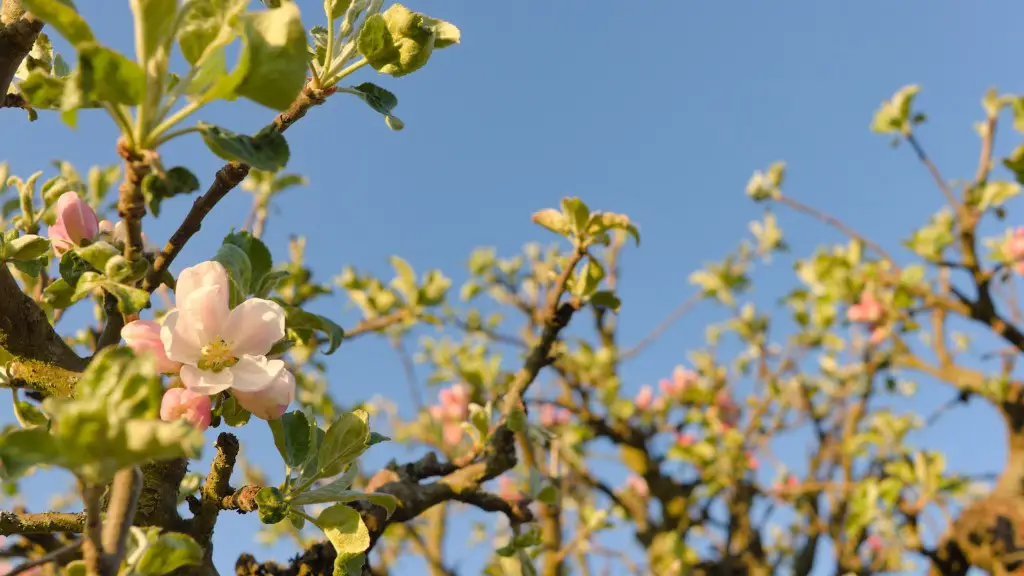Planting Foxtail Palm Trees
Foxtail palm trees, scientific name Wodyetia bifurcata, are a popular species of palm tree grown in tropical and subtropical climates. They have an eye-catching appearance made up of a tall single grey trunk with a magnificent crown of large, feathery leaves. In its natural habitat, the foxtail palm can grow up to 20 metres tall, but its average height is between 10-15 metres when grown in containers or in gardens as ornamental trees.
Here is a step-by-step guide on how to plant your own foxtail palm tree.
Step 1: Prepare the Soil
The first step is to prepare the soil for your foxtail palm. Choose a sunny spot in well-drained soil, as foxtail palms are sensitive to wet soil. Dig a hole that is twice the width of the foxtail palm treeroot ball, and mix in a generous amount of compost and other organic matter to improve the soil’s structure and fertility. This will help it to hold onto moisture and provide essential nutrients to the foxtail palm tree as it grows.
Step 2: Plant the Foxtail Palm Tree
Once you have the soil prepared, it’s time to carefully place the foxtail palm tree in the hole. Unwrap the root-ball and place it in the hole, making sure it sits at the same level as it did in the pot. Gently backfill the hole with loose soil and press it down firmly with your hands to ensure good root-to-soil contact. Water the foxtail palm tree thoroughly.
Step 3: Mulching
Once your foxtail palm tree is planted, you can apply a layer of mulch around the base to conserve moisture and reduce weed growth. Use mulch made from shredded bark or straw, and keep it a few inches away from the trunk of the tree. This will also increase the fertility of the soil and help keep pests away from the foxtail palm tree.
Step 4: Watering and Fertilising
Your foxtail palm will need to be watered regularly. During the first few months of growth, it is best to keep the soil moist, but not waterlogged. Foxtail palm trees should also be fertilised twice a year with a high-phosphorus palm tree fertiliser. This will help the tree grow strong roots, healthy foliage and an attractive trunk.
Protecting the Foxtail Palm Tree
Foxtail palm trees are under threat in their native habitats, so it is important to take good care of them when they are grown in gardens. Regularly examine the tree for pests, diseases or damage, and remove dead fronds or compromised branches as soon as they are spotted. This will help the tree remain strong and healthy.
Tip for Planting Foxtail Palm Trees
When planting a foxtail palm tree, make sure it is not planted too deep in the soil. Planting too deep can cause the tree to rot and can cause issues such as fungal diseases or root-rot. For this reason, foxtail palm trees should not be planted any deeper than the soil line of the pot.
Caring for Foxtail Palm Trees
In order to ensure the health and longevity of your foxtail palm tree, it is important to provide it with proper care. It should be watered regularly, fertilised twice a year and protected from pests, diseases and damage. Pruning should also be done regularly to keep the tree in optimal health. With the right care, a foxtail palm tree can be a stunning addition to any garden.
Wind Resistance
Foxtail palms are fairly tolerant of wind, making them an ideal choice for landscaping in areas with high winds or gusts. This is because their fronds are structured in such a way that it reduces drag, thus making them remarkably stable in gusty wind conditions. This is why foxtail palms are often referred to as ‘hurricane palms’.
Natural Habitat
In their natural habitat the foxtail palm tree is found in wet rainforests and marshy areas of Northern Australia and parts of New South Wales. These trees do best in warm, humid climates, and should be protected from freezing temperatures. They will also require occasional doses of humidity if placed in a dry climate.
Propagation
Foxtail palm trees can be propagated from seed or by air layering. Air layering is a form of propagation in which a branch of the foxtail palm tree is cut off and placed in a rooting medium such as sphagnum moss. This is the quickest and most reliable way of propagating a foxtail palm tree.
Soil Requirements
Foxtail palm trees are best suited to soils with slightly acidic or neutral pH levels. They need a soil that is well-drained and nutrient rich. It is also important to ensure that the soil is kept slightly moist, as foxtail palms do not tolerate dry conditions.
Light Requirements
Foxtail palm trees need 6 to 8 hours of full sun on a daily basis. Adequate lighting is integral to the optimal growth of foxtail palm trees. If they are not given enough light, the growth rate of the tree will suffer and the leaves will become yellow or brown.



